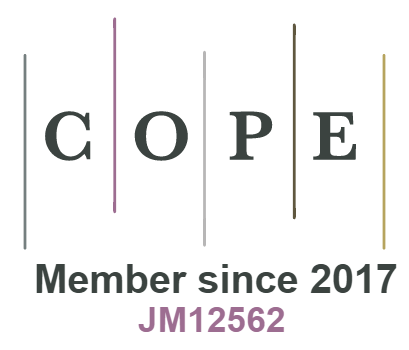Harnessing the Potential of CSS: An Exhaustive Reference for Web Styling
DOI:
https://doi.org/10.18034/ei.v4i2.682Keywords:
Cascading Style Sheets, Web Development, CSS Animations, Responsive Design, Layout Models, Front-end DevelopmentAbstract
Cascading Style Sheets (CSS) is the language that defines the look and layout of web pages. It controls everything from the fonts and colors used to the positioning of elements on the screen. Without CSS, the web would be a drab and disorganized place. By mastering CSS, we can take our design concepts and turn them into digital reality. This is an informative article that highlights the significance of CSS in modern web development. This in-depth review serves as a lighthouse for readers as they navigate the murky waters of web styling. This study begins by exploring the core concepts of CSS. This article delves into the intricacies of CSS, offering a comprehensive understanding of selectors, properties, and layout models. Furthermore, the article delves into advanced topics, including CSS animations and transitions, allowing designers to add life and interactivity to their websites. With practical insights and best practices, this article serves as a valuable resource for both novice and experienced web designers looking to master CSS and create visually appealing, user-friendly websites.
Downloads
References
Besser, R. (2001). Cascading Style Sheets: Designing for the Web. Technical Communication, 48(3), 340-342.
Blansit, D. B. (2008). An Introduction to Cascading Style Sheets (CSS). Journal of Electronic Resources in Medical Libraries, 5(4), 395-409. https://doi.org/10.1080/15424060802453811 DOI: https://doi.org/10.1080/15424060802453811
Covert, M., Loewengart, V. (2015). Learning Cascading: Build Reliable, Robust, and High-Performance Big Data Applications Using the Cascading Application Development Efficiently. Packt Publishing, Limited. Birmingham, GB.
DeLoach, S. (2005). More Eric Meyer on CSS/Core CSS: Cascading Style Sheets/Cascading Style Sheets: The Definitive Guide/CSS Pocket Reference. Technical Communication, 52(2), 244-245.
Geneves, P., Layaida, N., Quint, V. (2012). On the Analysis of Cascading Style Sheets. WWW '12: Proceedings of the 21st international conference on World Wide Web, 809–818. https://doi.org/10.1145/2187836.2187946 DOI: https://doi.org/10.1145/2187836.2187946
Germonprez, M., Michel, A., Srinivasan, N. (2006). The Impacts of the Cascading Style Sheet Standard on Mobile Computing. International Journal of IT Standards & Standardization Research, 4(2), 55-69. DOI: https://doi.org/10.4018/jitsr.2006070104
Keller, M., Nussbaumer, M. (2011). Human Coding vs. Machine Coding: Identifying and Measuring the Difference in CSS Code Quality. Software Quality Professional, 14(1), 34-44.
Liu, C., Downing, C. (2010). Using Cascading Style Sheets to Design a Fly-Out Menu with Microsoft Visual Studio. Journal of Information Systems Education, 21(3), 275-281.
Williams, J. (2005). Cascading Style Sheets: The Designer's Edge. Technical Communication, 52(1), 80-81.
Williams, J. (2005). Cascading Style Sheets: The Designer's Edge. Technical Communication, 52(1), 80-81.
Baddam, P. R., & Kaluvakuri, S. (2016). The Power and Legacy of C Programming: A Deep Dive into the Language. Technology & Management Review, 1, 1-13. https://upright.pub/index.php/tmr/article/view/107
Downloads
Published
Issue
Section
License
Copyright (c) 2016 Swathi Kaluvakuri, Vishal Reddy Vadiyala

This work is licensed under a Creative Commons Attribution-NonCommercial 4.0 International License.
Engineering International is an Open Access journal. Authors who publish with this journal agree to the following terms:
- Authors retain copyright and grant the journal the right of first publication with the work simultaneously licensed under a CC BY-NC 4.0 International License that allows others to share the work with an acknowledgment of the work's authorship and initial publication in this journal.
- Authors are able to enter into separate, additional contractual arrangements for the non-exclusive distribution of the journal's published version of their work (e.g., post it to an institutional repository or publish it in a book), with an acknowledgment of its initial publication in this journal. We require authors to inform us of any instances of re-publication.









